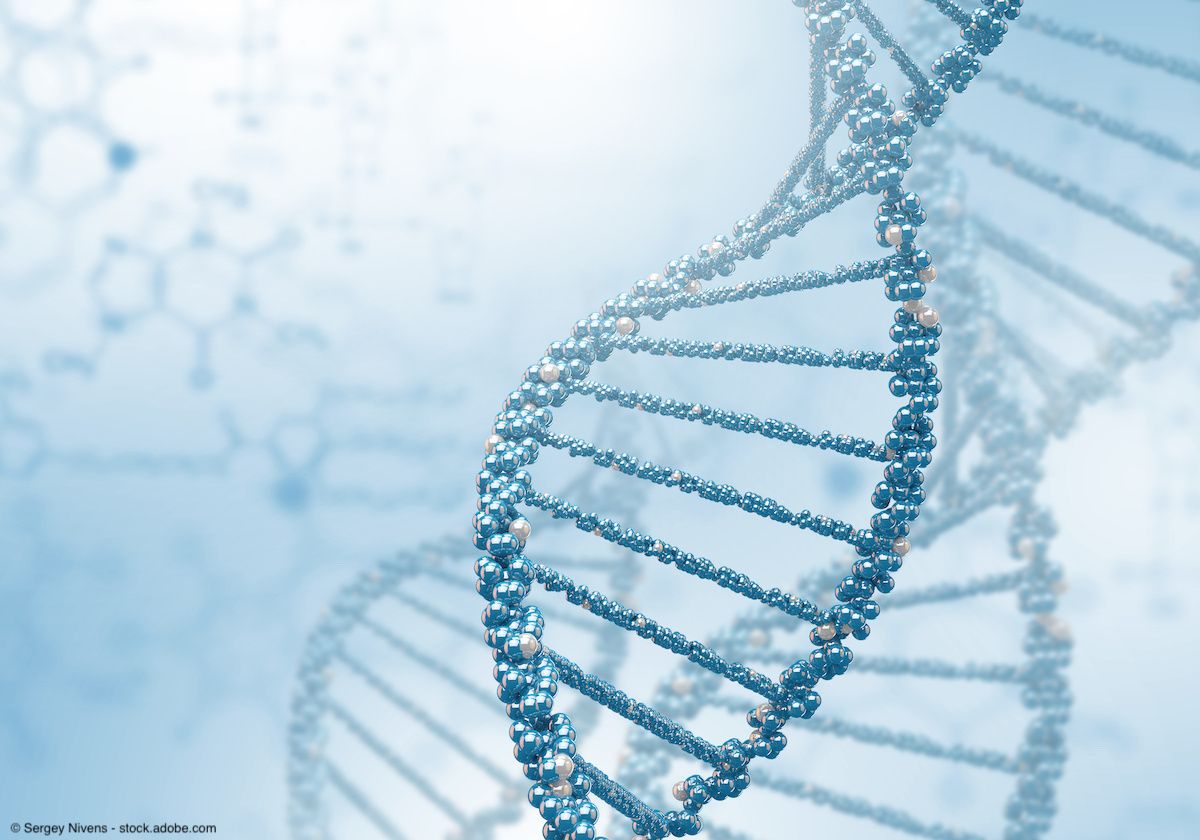News
Article
Variants of unknown significance may adversely affect RARP outcomes
Author(s):
Key Takeaways
- High prevalence of VUS in prostate cancer patients undergoing RARP, potentially affecting pathological outcomes.
- Younger patients more likely to carry VUS, with 23.7% of study participants affected.
In total, 33.3% of patients with a VUS also had positive lymph node involvement and required adjuvant ADT compared with only 16.2% of patients who did not have a VUS.
Findings from a recent study suggest that there is a high prevalence of germline variants of unknown significance (VUS) among patients with prostate cancer who are undergoing robot-assisted radical prostatectomy (RARP), and that these mutations may adversely affect pathological outcomes of treatment.
The data were presented at the 16th European Multidisciplinary Congress on Urological Cancers.

The data were presented during a poster session at the 16th European Multidisciplinary Congress on Urological Cancers in Lisbon, Portugal.1
“Pathogenic variants (PVs) in DNA repair genes (DRG), such as in BRCA1, BRCA2, ATM, CHEK2, etc., have implications for prostate cancer family genetic counselling, testing, and risk stratification in men,” explained the authors. “However, understanding how to counsel patients with VUS is an unmet clinical need. On the other hand, there is the necessity to cautiously interpret VUS findings and to bolster VUS evaluations with additional evidence for pathogenicity.”
For the nested cohort case study, the investigators assessed 118 patients with prostate cancer who underwent radical prostatectomy. Those who were included in the analysis are part of an ongoing prostate cancer screening study in Italian men. The mean age of patients at diagnosis was 65.9 years (± 6.42 years).
After collecting blood samples, the investigators used a validated multigene panel test to assess for germline mutations. The primary end point for the study was the prevalence of VUS in patients with prostate cancer undergoing RARP. The secondary end point was to correlate VUS status with pathological outcomes following RARP.
Of the 76 total men evaluated in the study, 18 (23.7%) were found to have a VUS, and 1 (1.32%) had a pathogenic germline variant in the BRCA1 and PALB2 genes. Patients who were younger at diagnosis (mean age, 64 ± 6.41) were more likely to carry a VUS compared with patients who were older at diagnosis (mean age, 66 ± 7.20 years).
In total, 33.3% of patients with a VUS also had positive lymph node involvement (N+) and required adjuvant androgen deprivation therapy compared with only 16.2% of patients who did not have a VUS.
At diagnosis, 58% of patients had a low-grade tumor (ISUP 1-2) and 42% of patients had a high-grade tumor (ISUP 3-5). However, there was no difference in the ISUP grades nor positive margin rates at final pathology between those who harbored a VUS and those who did not.
Overall, these data indicate the potential importance of VUS germline mutations in prostate cancer outcomes.
However, the authors note that limitations of the current study include short follow-up and the absence of non-Caucasian patients.
Reference
1. Fasulo V, Chiarelli G, Casale P, et al. Prevalence of variant of unknown significance (VUS) in men with prostate cancer who serve as a benchmark for enhanced screening and for personalized therapy. 16th European Multidisciplinary Congress on Urological Cancers. November 7-10, 2024. Lisbon, Portugal. Abstract P114
















